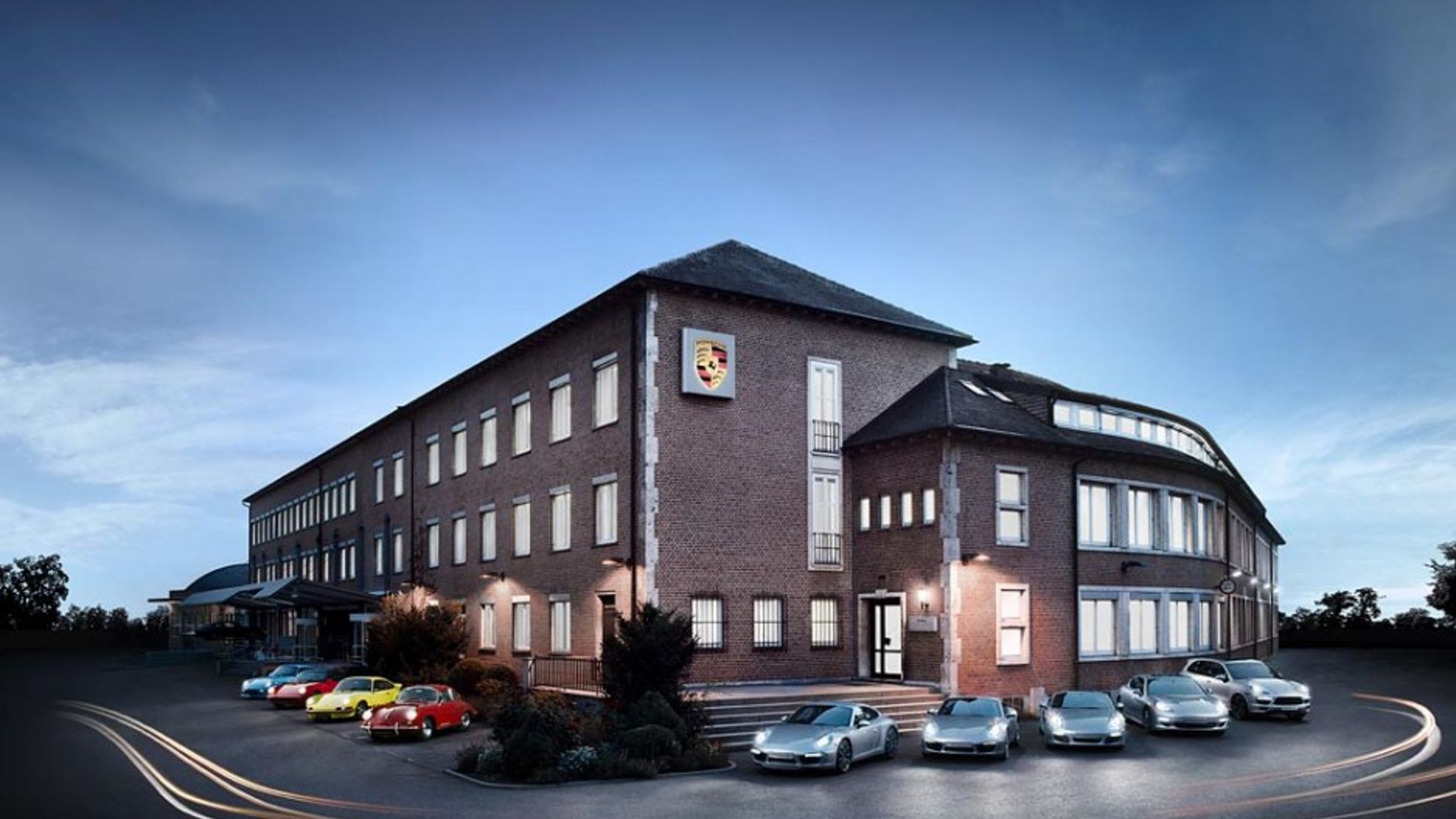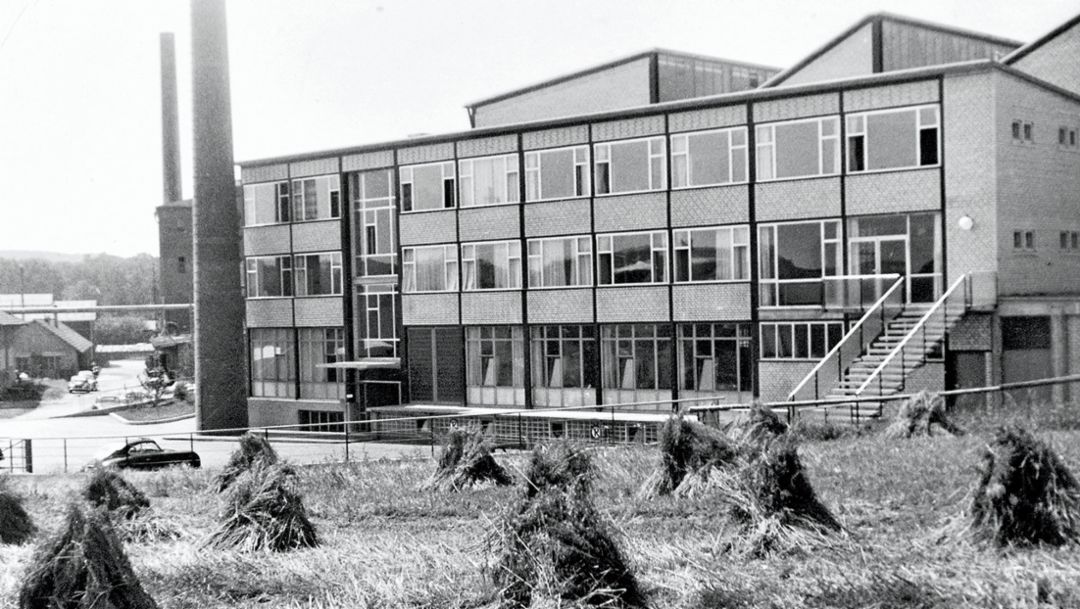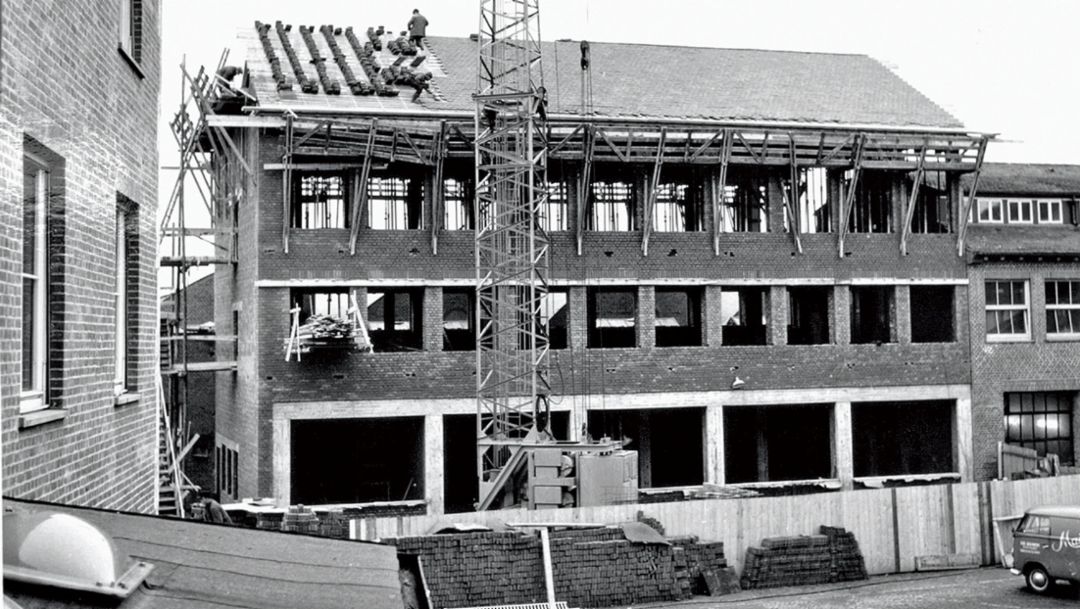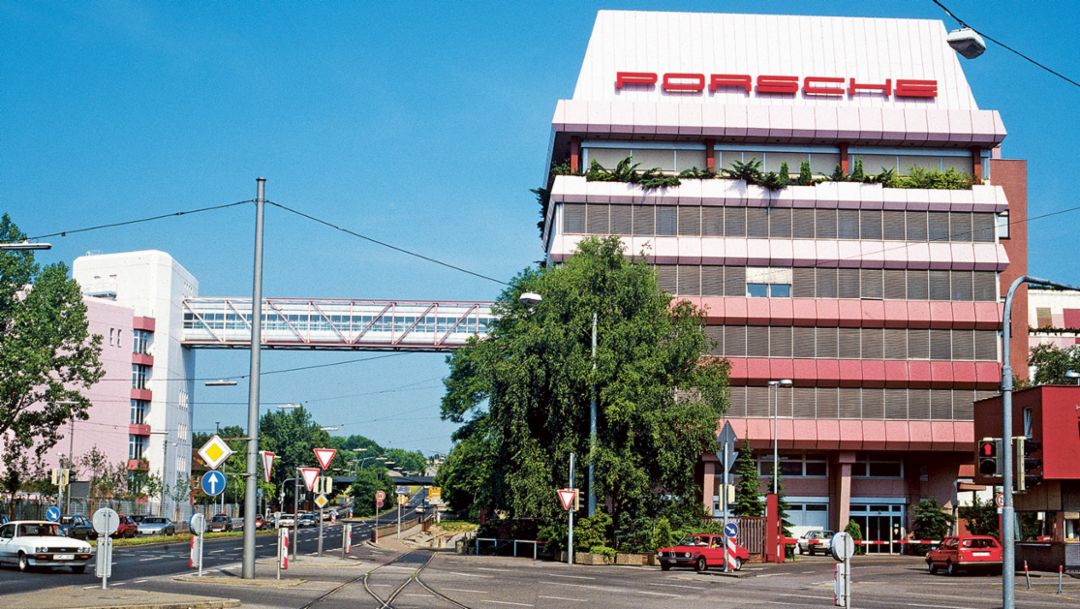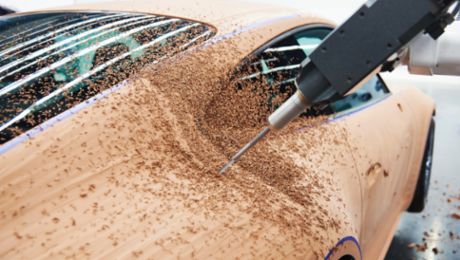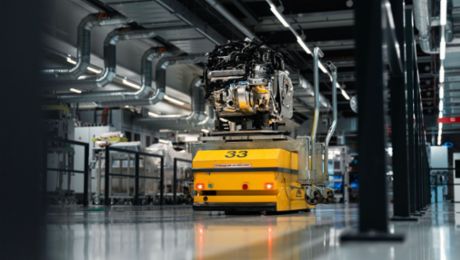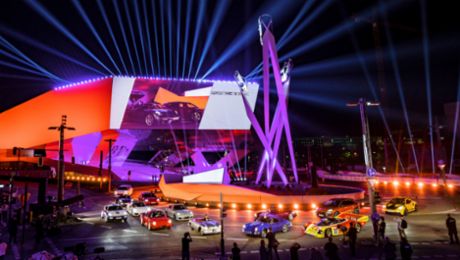Zuffenhausen is to remain the heart of Porsche in future. The Board of Management and the General Works Council are unanimous on this issue. Not only is it planned to retain sports car and engine production in the north of Stuttgart but also to expand the facilities there, thus strengthening the site in the long term. For the work force this means job security for many years to come.
In return, the typical Porsche competitive advantages of Zuffenhausen will be expanded: more productivity and flexibility, even better process and product quality as well as an increase in innovative strength by improvements in working conditions, among other things. Continuously refining and optimising their daily work – the Porsche workforce has already proven to possess these capabilities in the past.
In future, this will to achieve perfection will become even more important. Chairman of the Board Matthias Müller and Uwe Hück, Chairman of the General Works Council, are convinced: The traditional Porsche main plant offers the ideal preconditions to successfully master challenges in the short and long term.
1953
Work started in the assembly hall designed by Rolf Gutbrod (Plant 2, Building 1). Three years prior to that, Porsche built the first sports car in Zuffenhausen.
1963
Porsche grew significantly at the beginning of the 1960s. Plant 1 was expanded. Factory collection facilities, gate and Plant 3 were added.
1973
Porsche acquired Karosseriewerk Reutter right after it introduced the 911 in 1964. Five years later, Plant 2 was expanded by addition of Building 41.
1988
The new body shop (Plant 5) was built. It is connected to Plant 2 by a conveyor bridge. At the same time, production of the 911 Type 964 started there.
2015
Six plants, a Porsche Centre, the Porsche Museum and much more – meanwhile, the surface area of the Zuffenhausen site stretches over 614,000 square metres.
